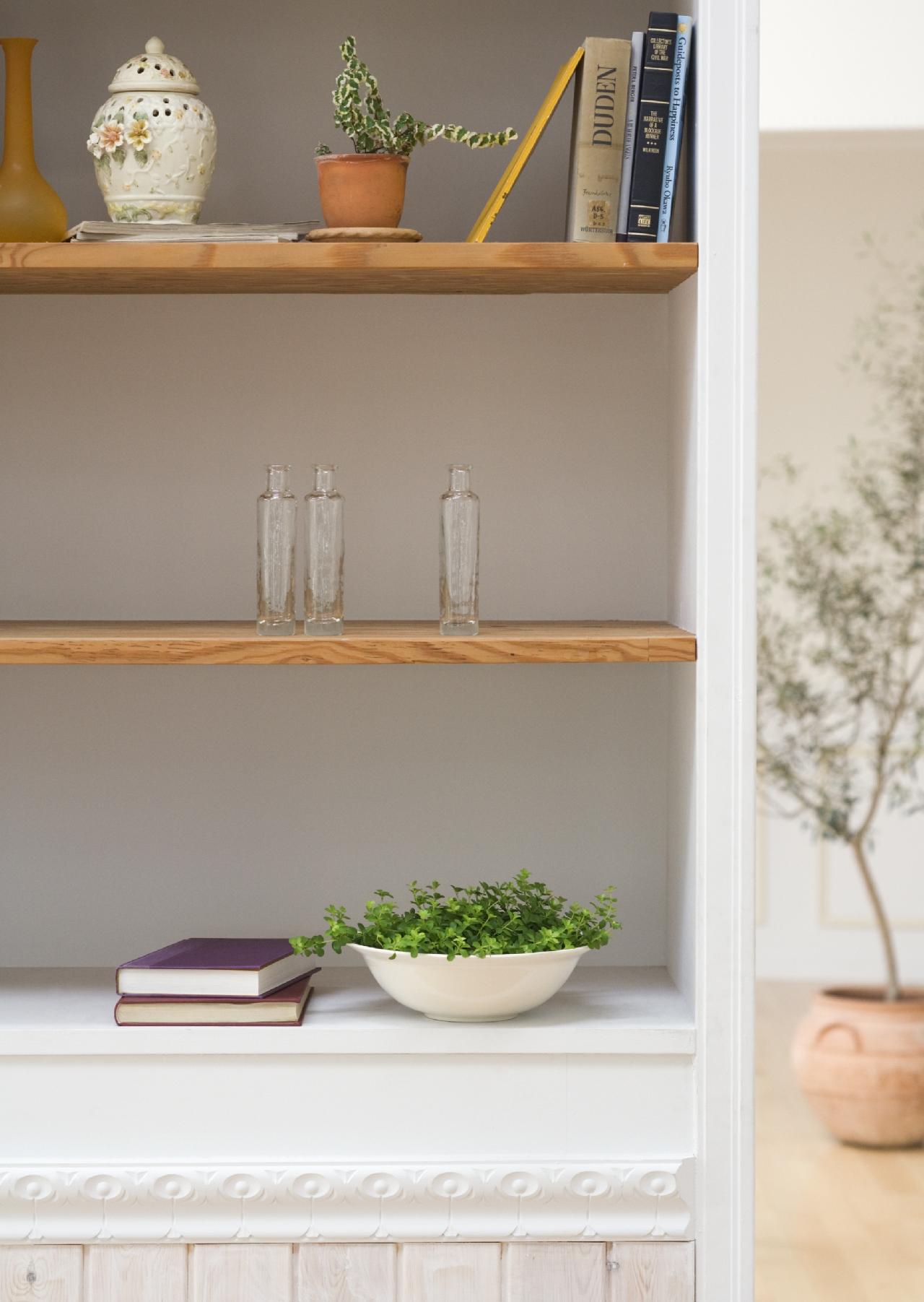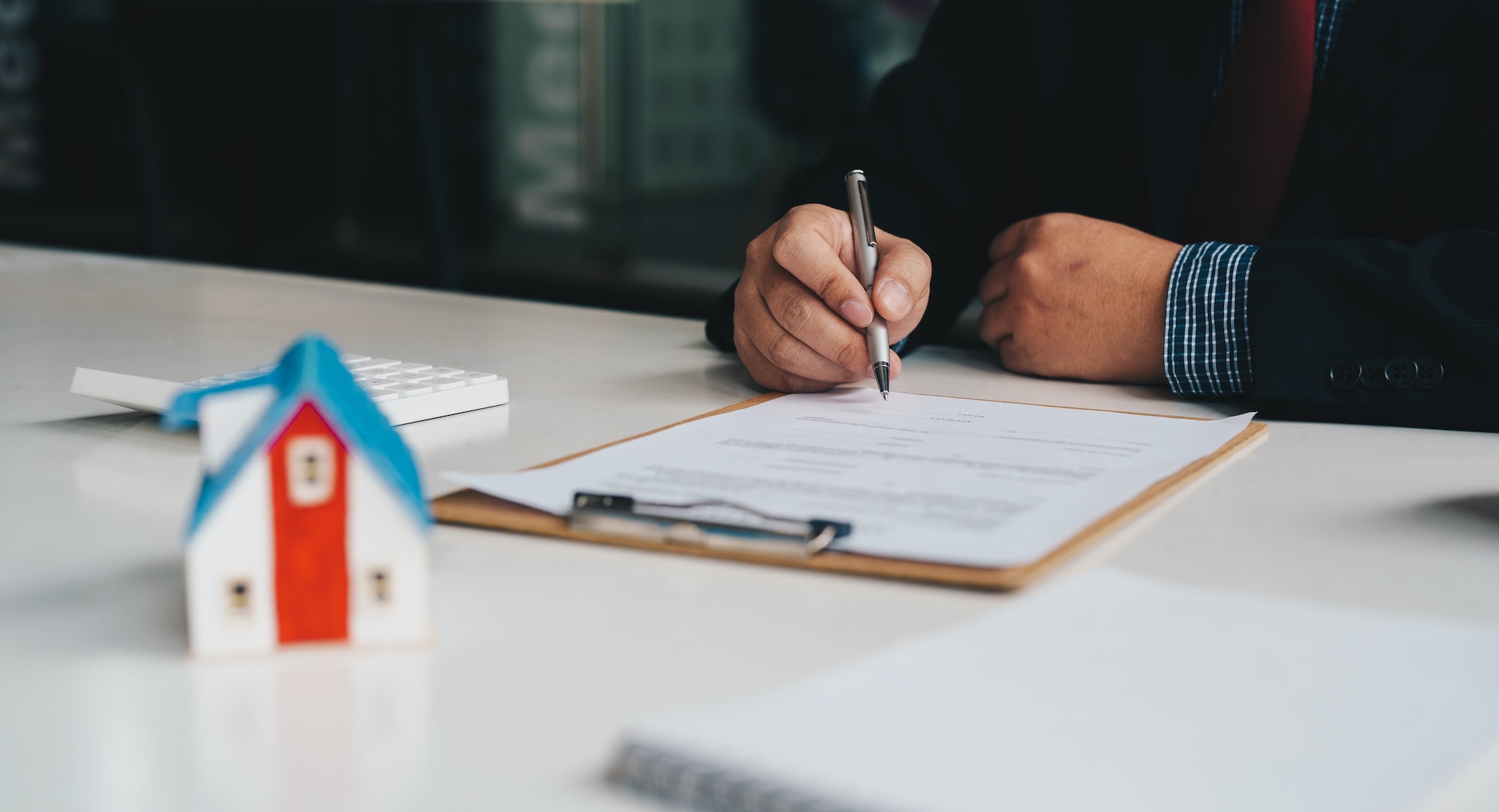Whether you live in a small one-bedroom house or flashy apartment, you can’t get away with everyday home repairs. Every once in a while, you will have to address a corroded hose bib, running toilet, clogged drainage system, and so on. Of course, you can get everything fixed just by calling a professional, but this is far from a budget-friendly option. That is why most homeowners temporarily wear a plumber, electrician, or mechanic hat and get on with the respective home repair.
Apart from saving money, working on a DIY project comes up with multiple other benefits. For example, you have a lot to learn through the phase of trial and error. Besides, since some of the DIY projects require physical labor to get the job done, you are more likely to stay in shape.
However, despite all the benefits, it is pertinent to mention here that thousands upon thousands of people face accidents and injuries during DIY home repairs. You could be very passionate about your next DIY home venture. But, in all likelihood, you might be exhausted of all the enthusiasm after coming across the staggering number of people who end up getting admitted to emergency rooms for indulging in similar tasks.
Well, enough of the negativity. The good news is that you can avoid all the mishaps by sticking to the following safety measures:
- PPEs
Whether you are working in an office, site, or as a DIY at home, you must wear Personal Protective Equipment (PPEs). Wearing PPEs during DIY tasks will keep you safe from potential accidents. There is a wide range of PPEs for almost every part of your body. For example, protective goggles with safety side sheilds for eye protection, earplugs to save you from excessive noise, plastic gloves to protect your hands from heat, sharp tools, and chemical-ridden substances.
Along with PPEs, make sure you are wearing the right clothes. Do not wear loose clothes, shorts, or heat-absorbing clothes while working on home fixes.
- RESEARCH
It would be best if you learned about the repair you are doing. Go through the user manual, videos, and guidelines of the tools and techniques you will apply in your DIY task. Select proper tools for every job. The internet can offer you plenty of help to achieve this objective. By doing all the necessary research, you will walk out scot-free, parting your ways from any injury whatsoever.
- ELECTRICAL SAFETY
Electricity repair work accounts for most of the accidents globally due to a lack of safety precautions. According to a very reserved estimation, electrical outlets make up for nearly 4000 injuries every year. Here is what you can do to keep the mishaps at a safe distance:
- Do not touch any part without insulated gloves.
- Switch off the power of the respective area of the house before getting on with the work.
III. Do not get carried away by your instincts. Perform the actions only if you have thorough information about it.
- While working on heights, make it a point to use the ladder or stand prepared from wood or plastic.
- FIRST AID
If minor wounds, cuts, or any other suchlike small-scale injuries, the first aid kit will come in very handy. You don’t have to keep the topmost surgical tools; just essential items in your first aid box would be sufficient. Some must-have items are bandages, disinfectants, antibiotics, pain relief medicines, and burn ointments.
- KEEP THE WORK AREA ORGANIZED
You will have to prepare yourself with various sharp and heavy tools to carry out nearly every home repair job. If you scatter these tools all over the place, a child or elderly can easily trip over them and subsequently get severely wounded. Therefore, you must put the equipment well outside of their reach.
- LADDER
While working at home, the ladder is hands down one of the most utilized items. The reason being, a fair proportion of the repair work is related to heights. The ladder could invite a wide range of accidents related to falls and strips. Therefore, it is a must to be well-versed in the following key aspects:
- Always lock the ladder after erecting it.
- Make sure there is sufficient friction between the ladder bottom and ground to avoid any slips.
III. Never climb to the last step of lather, and always maintain your balance.
- Never opt for a metal ladder while engaging in electrical repairs.
- Lastly, do not allows kids to play around the ladder.
- TOOL MANAGEMENT AND HANDLING
To begin with, you should select the correct tool. Once you have chosen the right tool, you must make it the subject of a comprehensive inspection. If you do not know how to go about the assessment, approach someone with adequate knowledge. But, by all means, avoid using the damaged or loose instrument.
Many homeowners have a knack for keeping the equipment in a locker until they have another home repair at their disposal. Well, at the onset, it could sound like a prudent approach, but the fact of the matter is that these tools need upkeep from time to time, regardless of the frequency of usage. So take them out of the toolkit and indulge in the necessary maintenance like oiling, cleaning, and so forth.
- HAZARDOUS CHEMICALS AND MATERIALS
DIY jobs, including painting, grinding, and remaking floor tiles, are particularly prone to stimulate health hazards. They can cause respiratory diseases. Hence, it is better to stay on top of the ventilation in the working area. Moreover, read instructions and guidelines of the chemicals properly before applying them.
- KNOW YOUR LIMITS
Everyone has the urge to customize a home by himself and save money, but you cannot perform every job. You must be honest with yourself and know your work limits. Consult with the experts if any complex, bulky, or professional-level work is required. If you have the expertise for a specific task but lack the workforce, ask for help from family members or friends instead of doing it all by yourself.
CONCLUSION
We love to undertake DIY work on our weekends and leisure time. It is a great way to customize your home and make it more beautiful. Not to mention the financial standpoint that said, it sometimes comes at the cost of accidents and injuries. Working while applying the safety mentioned above, precautions and measure is a great way to keep yourself safe from unwanted incidents and accidents during DYI tasks.
Discover more from Futurist Architecture
Subscribe to get the latest posts sent to your email.




